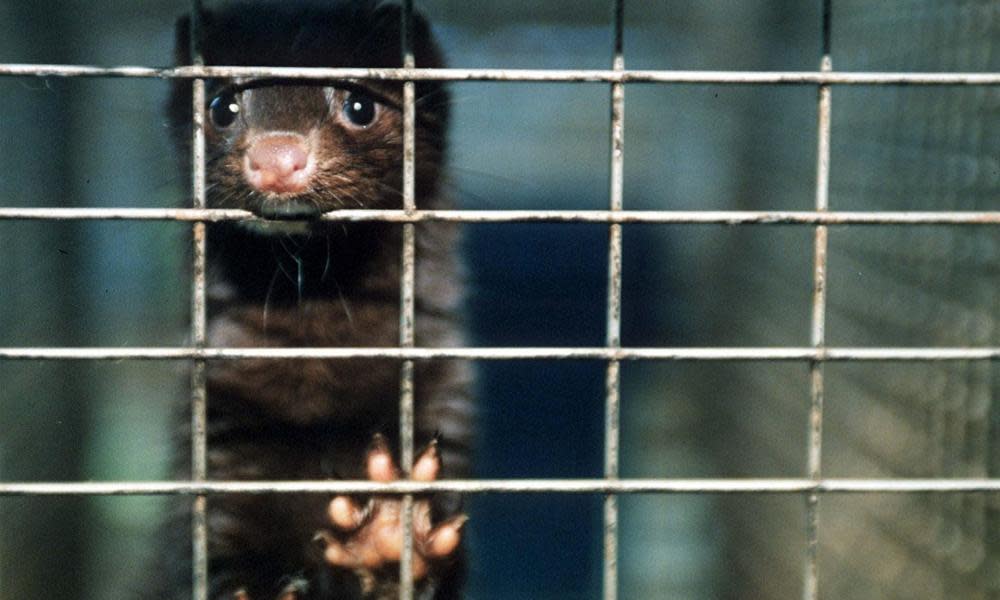Met admits police spy’s role in mass release of mink by protesters

Police have apologised after admitting that one of their undercover officers helped to release thousands of mink into the countryside, wreaking havoc in the New Forest.
The undercover officer, Christine Green, was pretending to be an animal rights activist when she took part in a raid in Hampshire to release up to 6,000 mink from a farm in 1998.
The release threatened the survival of rare birds and fish in the sensitive ecosystem of the New Forest national park and caused many furious residents to call police for help.
Animal welfare groups condemned the release of the mink warning they could cause significant harm to wildlife and the environment.
Hundreds of the mink were shot by local farmers, run over on roads or caught in traps. Residents reportedly beat some of them to death with shovels, watering cans and hockey sticks as they tried to stop them killing pets and livestock.
Hampshire police had to set up a “mink desk” helpline to deal with complaints from residents. Council officials took many calls from residents who had found the animals in wardrobes, greenhouses and, according to one, “playing in a paddling pool”. The mink reportedly killed birds of prey at an owl sanctuary.
On Tuesday, police chiefs conceded that the participation of the undercover officer in the raid “will cause significant concern to the public, especially those people directly affected by the events in 1998”.
They disclosed that Green had played a part in the raid by Animal Liberation Front activists who broke into the Crow Hill farm in Ringwood on 8 August 1998 and released the mink after cutting wire and destroying cages.
The Metropolitan police have been forced to apologise to their colleagues in Hampshire after admitting they had concealed the role of Green from them. For five years in the 1990s, Green had been a member of the Special Demonstration Squad (SDS), the Met’s covert unit, which infiltrated political groups.
The Met said that her superiors in the SDS had authorised Green to take part in the raid. Detectives in Hampshire conducted a criminal investigation at the time, but the SDS decided not to tell them that she had been involved, nor that it had knowledge of the culprits. No one was prosecuted over the raid.
Helen Ball, a Met assistant commissioner, said: “The Metropolitan Police Service has apologised to Hampshire Constabulary for the impact these decisions had on their ability to bring those responsible to justice.
“It appears that the SDS allowed this incident to go ahead, as they saw it, in the interests of preventing more serious crime in the longer term. The scale of the release was unforeseen by the SDS at the time, but once the impact became clear they still did not inform Hampshire Constabulary of the officer’s involvement.”
The incident is to be examined by the public inquiry – led by a judge, Sir John Mitting – that is scrutinising the conduct of undercover officers who have spied on more than 1,000 political groups since 1968.
Green was unmasked this week following investigations by the Guardian and campaigners. It was revealed that she quit her undercover deployment and has had a romantic relationship, lasting more than a decade, with one of the prominent political activists she had been sent to monitor. They lived in remote cottages in Cornwall and Scotland after she resigned from the police in August 2000.

 Yahoo News
Yahoo News 
